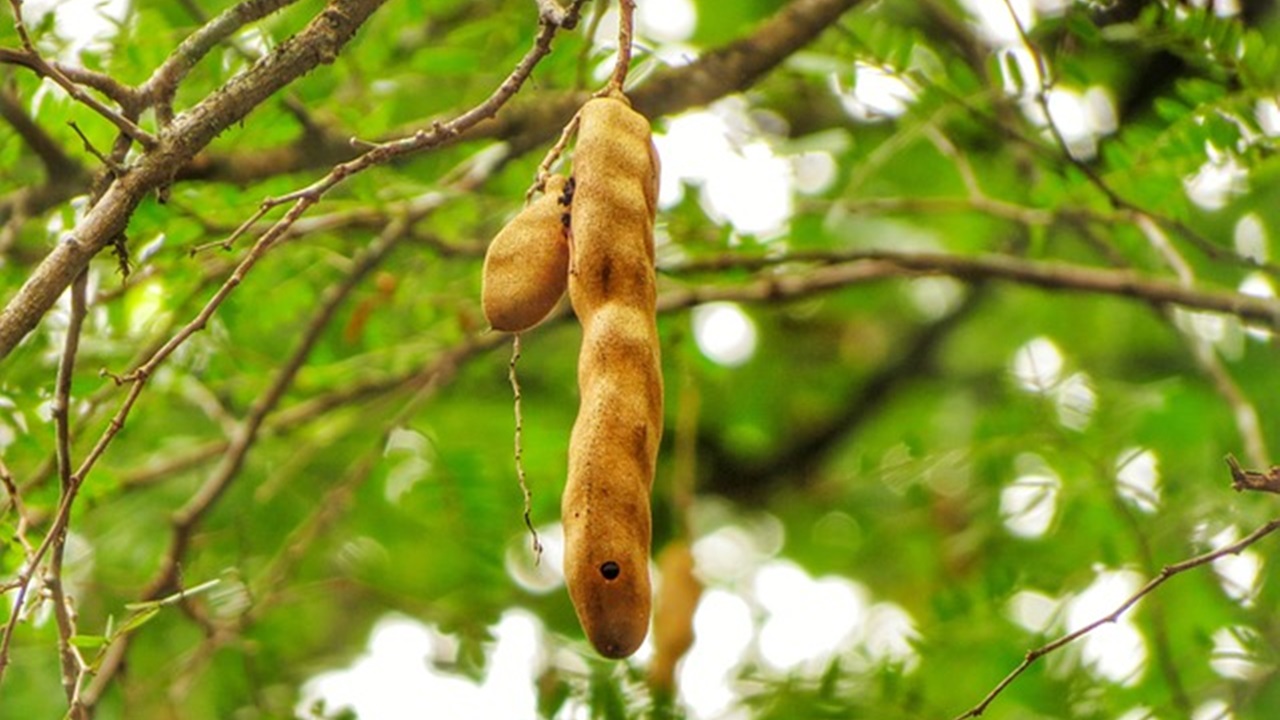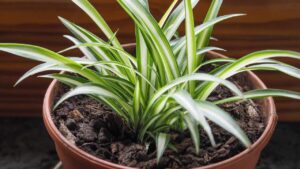A Plant That We Have Often Heard About, but Whose Uses We Do Not Know Well
Let’s delve into the world of tamarind, a tropical fruit belonging to the legume family. This unique food comes from a tropical tree in the Fabaceae family, offering an interesting exploration into both the fruit and its plant.

Beyond its delightful taste and health benefits, tamarind holds cultural significance in many communities. It plays a crucial role in culinary traditions and religious ceremonies and symbolizes auspiciousness. For example, in India, it is offered to guests to wish them luck and prosperity.
The impressive tamarind tree can grow up to 7 meters tall. Its unique pinnate leaves close at night. Its flowers are small and yellow with orange or red shades. The fruits are elongated in shape, with a hard brown skin. Inside, you will find a soft, fibrous, yellow-brown pulp enveloping several black seeds. These seeds are often used for the production of tamarind oil.
Properties and uses of tamarind
Tamarind boasts a distinct taste, often described as a delightful blend of sour and sweet. This contrast of flavors makes it a very versatile ingredient in the kitchen. Across many countries, tamarind finds its way into beverages, desserts, and salad dressings. It serves as a key seasoning in sauces like HP sauce and Worcestershire sauce.

Beyond its culinary role, tamarind holds medicinal value. In some cultures, it is a natural remedy for addressing constipation and various intestinal issues. The fruit’s pulp, abundant in fibers, aids digestion and regulates intestinal transit. Furthermore, tamarind is a rich source of vitamin C and antioxidants.
This fruit is a valuable source of minerals like iron, calcium, and potassium, which are crucial for maintaining bone, muscle, and heart health. Additionally, it contains anti-inflammatory compounds that could potentially lower inflammation and reduce the risk of heart disease.





